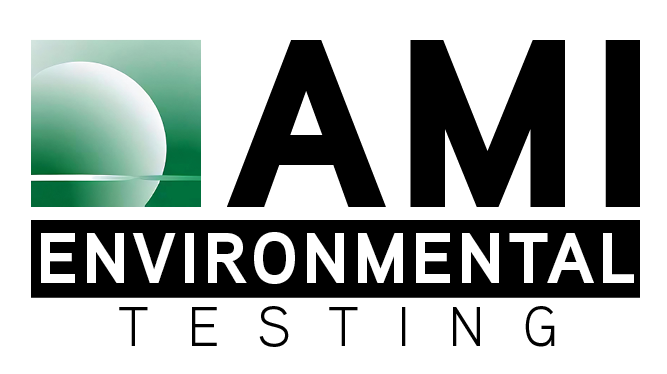The OSHA Act contains a part referred to as the “General Duty Clause”
The Clause
In order to include the consideration of air sampling and airborne exposure levels in normal work place inspections without the use of a specific standard, OSHA has turned to the provisions of Section 5 of the OSHA Act or the “General Duty Clause” which states in Section 5:
- Each Employer:-shall furnish to each of his employees employment and a place of employment which are free from recognized hazards that are causing or likely to cause death or serious physical harm to his employees;
-shall comply with occupational safety and healthstandards promulgated under this Act. - Each employee
-shall comply with occupational safety and healthstandards and all rules, regulations and orders issued pursuant to this Act which are applicable to his own actions and conduct.
OSHA routinely uses the provisions of paragraph 5A(1) to cite employers for airborne inhalation hazards as well as other hazards identified during an inspection or from a formal complaint. Even though paragraph 5B sounds like the employee could be fined for non-compliance, OSHA holds the employer primarily responsible.
If a hazard exists, OSHA inspectors may issue a notice of violation under the General Duty Clause as long as the following are met:
-No current applicable OSHA standard.
-The employer did not provide a work place free of a hazard to its employees.
-The hazard is (or should have been) recognized by the employer.
-The hazard is causing or was likely to cause death (acute) or other serious physical harm (chronic).
-There is a feasible and useful method to correct the hazard.
The absence of specific standards requires interpretations to ensure compliance under the general duty clause. Here is where we can help. AMI can give you the answers you need to make sure the physical, biological and chemical hazards in you work place have been identified, evaluated and controlled. Not sure where to start? Call today to set up a free consultation visit.



